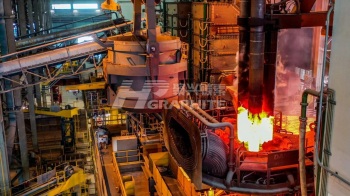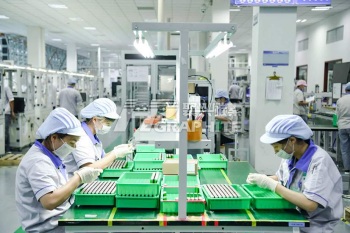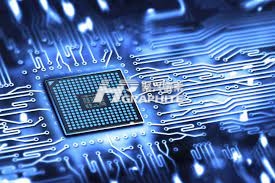【Graphite Electrodes】Characteristics, Applications, and Future Developments

【Graphite Electrodes】Characteristics, Applications, and Future Developments
Graphite electrodes are crucial carbon materials widely utilized in industrial production and research fields due to their unique physical and chemical properties. This article will delve into the characteristics, applications, and future development trends of graphite electrodes.
I. Characteristics of Graphite Electrodes
Graphite electrodes are primarily composed of pure flake graphite, possessing excellent conductivity and high-temperature resistance. With a melting point as high as 3652°C, graphite electrodes have the highest melting point among known substances. Additionally, they exhibit outstanding chemical stability and corrosion resistance, maintaining stable performance in various extreme environments.
II. Applications of Graphite Electrodes
Steel Industry: In the steel industry, graphite electrodes are primarily used in electric arc furnaces for steel refining. The arc generated between the graphite electrode and the furnace charge melts metals, achieving the refinement of molten steel. Graphite electrodes play a dual role in this process, ensuring smooth electric furnace steelmaking through their conductivity and high-temperature resistance.

Battery Industry: Graphite electrodes serve as essential raw materials for lithium-ion batteries and lead-acid batteries. In batteries, graphite electrodes, as negative electrode materials, can store and release large amounts of electrical energy. Their excellent conductivity and stability contribute to enhancing battery performance and lifespan.

Semiconductor Industry: In the semiconductor industry, graphite electrodes are mainly employed in the growth of wide-bandgap semiconductors like silicon carbide and gallium nitride. These semiconductor materials grown on graphite electrodes, after processing, can be used in manufacturing high-efficiency electronic devices.

Aerospace Sector: Due to their outstanding high-temperature resistance and chemical stability, graphite electrodes find extensive applications in the aerospace sector. For example, graphite materials can be used in manufacturing rocket engine nozzles and aircraft brake pads, ensuring reliable operation in extreme environments.

Ⅲ. Future Development of Graphite Electrodes
With continuous technological advancements, the application prospects of graphite electrodes are expected to broaden further. In the future, graphite electrodes are likely to play a significant role in new energy, new materials, and high-end equipment manufacturing. For instance, utilizing graphite electrodes to produce high-performance lithium-sulfur batteries and solid-state batteries can help address issues such as low energy density and slow charging speed in traditional batteries. Moreover, graphite electrodes hold promising applications in areas like the preparation of high-temperature superconducting materials and the growth of carbon nanotubes.
To meet the diverse performance requirements of different fields, future research will focus on the modification, composite, and optimization of graphite electrode materials. Improvements in preparation processes, alloy element additions, and composite methods can further enhance the conductivity, mechanical properties, and chemical stability of graphite electrodes, expanding their application scope.
In conclusion, graphite electrodes, as crucial carbon materials, play significant roles in numerous fields. With ongoing technological progress and deepening applications, graphite electrodes are poised for broader development prospects in the future. Through in-depth research into their characteristics and continuous expansion into new application areas, we have reason to believe that graphite electrodes will make even greater contributions to technological advancement and sustainable development in human society in the future. Feel free to contact us for market analysis on graphite electrodes.
No related results found








0 Replies